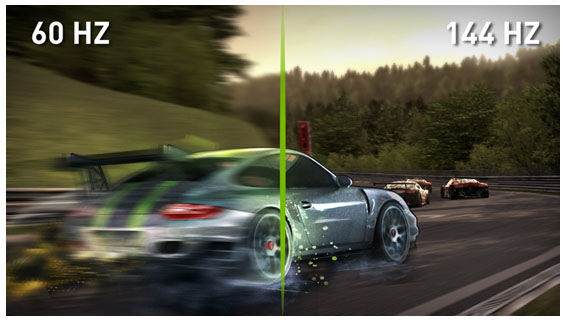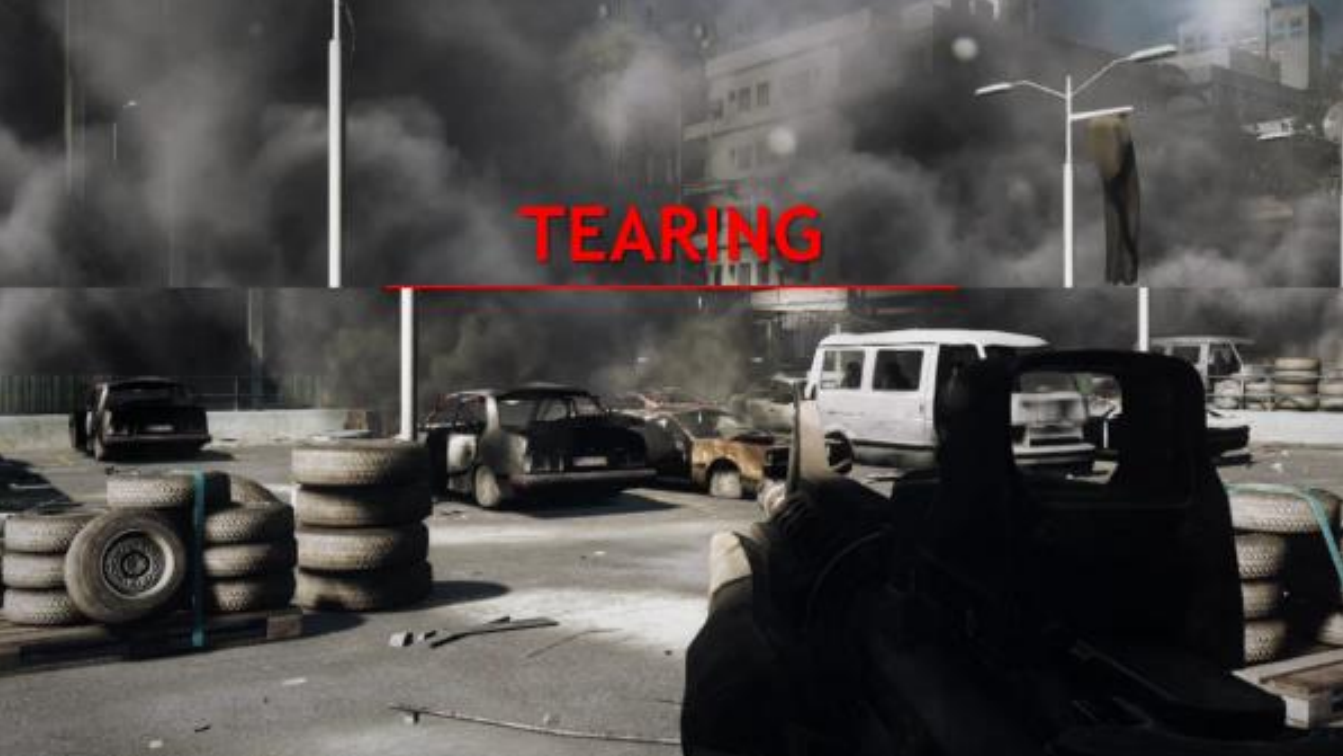Gamers can be the worst when it comes to perfectionist problems, especially when dealing with monitors. Monitors vary when it comes to not only quality, but size and price as well. To create the most entertaining gaming experience possible, you’ll need to incorporate the best monitor around.
But while the perfect monitor for me, may not be the best fit for you; that’s why I’m going to cover why exactly you should buy a 144Hz monitor (and what you need to be looking for).
I’m a gamer myself, and I’ve managed to develop a love for many different games. I feel like the monitor being used is another tool to bring your graphics to life, and isn’t that what it’s all about? The pixels matter, and every single one is going to count — don’t let anybody else fool you. If you’re sick and tired of seeing lackluster imagery with your computer games, this is the article to be read. There’s a major difference between 60Hz and 144Hz monitors, and understanding that difference is going to be a major component to this process. Here are two animated images that show the difference and you can judge yourself:
60Hz Monitor

144Hz Monitor

What Should I Look For?
There are plenty of monitors to be purchased out there, but which ones are going to offer the most features? Not only that, but which ones are going to be affordable? There are a few different traits that I look out for, personally — I figured it would be a good place for you to start for yourself.
Pricing
If the price is right, go for it! The price can tell you a lot about a monitor, and if it seems like it’s too good to be true, odds are the price is going to reflect a low-quality product. I never want to feel like I wasted my money, and monitors aren’t exactly cheap! Find the perfect balance between quality of product and price, it’s a bit tough, but it’s achievable. There could even be deals currently running at retailers, so it’s always nice to look around before making that final purchase.
Branding
There are certain brands out there that are known to produce high-quality monitors and are trustworthy. They never produce awful monitors, and they’re always aiming to please — HP or ASUS to name two. If you find that there’s a brand you favor, you can start by looking at their 144Hz monitor options.
Quality
The best gaming monitor is in the form of a 144Hz product, but the quality is going to vary from item to item. That’s why it’s important to do some research beforehand, diligently searching through reviews and what not. This will give you an idea as to how well the monitor performs before you buy it — sort of like testing the waters.
Resolution
A 144Hz refresh rate (or above) is just one of the important factors when choosing a gaming monitor. Another important factor is resolution. The most popular resolution among gamers is 1080p because that’s easy to get a high frame rate with and you will therefore be benefitting from the high refresh rate.
When buying a new gaming monitor, you must think forward as well. You should aim for 1440p if you have the budget for it as it will be a better investment and you can still get high frame rates. A 1080p resolution is fine if the screen size is 24 inches. For a 27-inch monitor, you should be going for 1440p and for everything above, 4K UHD is the best investment.
Panel Type and Response Time
The type of the panel being used in the monitor is also a thing to look at. TN (Twisted Nematic) is a panel type being used in many 144Hz monitors, although the newer monitors now mostly feature an IPS (In-Plane Switching) panel. TN panels deliver better response times (down to 1ms), but they suffer from bad viewing angles and color accuracy. IPS panels can usually get down to a 4ms response time, but they benefit from great viewing angles and color accuracy.
VA (Vertical-Alignment) is also a panel type being used in gaming monitors, especially BenQ. They benefit from deep black levels and contrast ratio, but they don’t offer as good quality as IPS panels.
FreeSync or G-SYNC
If you’re annoyed by screen tearing while gaming, you should aim for a monitor with either FreeSync (for AMD cards) or G-SYNC (for NVIDIA cards). These technologies will eliminate screen tearing artifacts without any performance penalties. FreeSync is based on VESA’s Adaptive-Sync standard and usually doesn’t add to the cost of the monitor, while G-SYNC requires a module to be inserted into the monitor and therefore adds about $150 to the price of the monitor.
I should also mention that you need a FreeSync-compatible AMD GPU or G-SYNC compatible NVIDIA GPU for the technologies to work.
Why Should Gamers Buy Them?
These monitors are stellar for not only watching movies and many other types of media, but mainly for games as well. The refresh rate and pixel count you can find on countless 144Hz monitors are stellar, and allows your games to reach their full potential in terms of graphical output. Obviously, if you don’t have a powerful computer to go alongside the monitor, games are still going to run poorly — but if you’ve noticed image optimization issues (like ghosting or anything of that nature), it’s time to buy a new monitor.
If you’re a competitive gamer, you’ll need any edge that you could get. There are people out there making millions of dollars a year through playing video games, and all of them are using the best monitors money can buy — it just so happens that the 144Hz variety is their product of choice. Gamers and 144Hz monitors have become accustomed to one another, and it doesn’t look like that’s going to change anytime soon.
It’s That Easy!
It really isn’t too difficult, as long as you aren’t putting yourself in a position in which too many monitors are coming into play. Pick a few specific brands/models, make a list and then go through it thoroughly. In the end of it all, you’ll have a stellar gaming monitor that will keep you going for hours upon hours!








Published: Jan 3, 2017 01:45 am